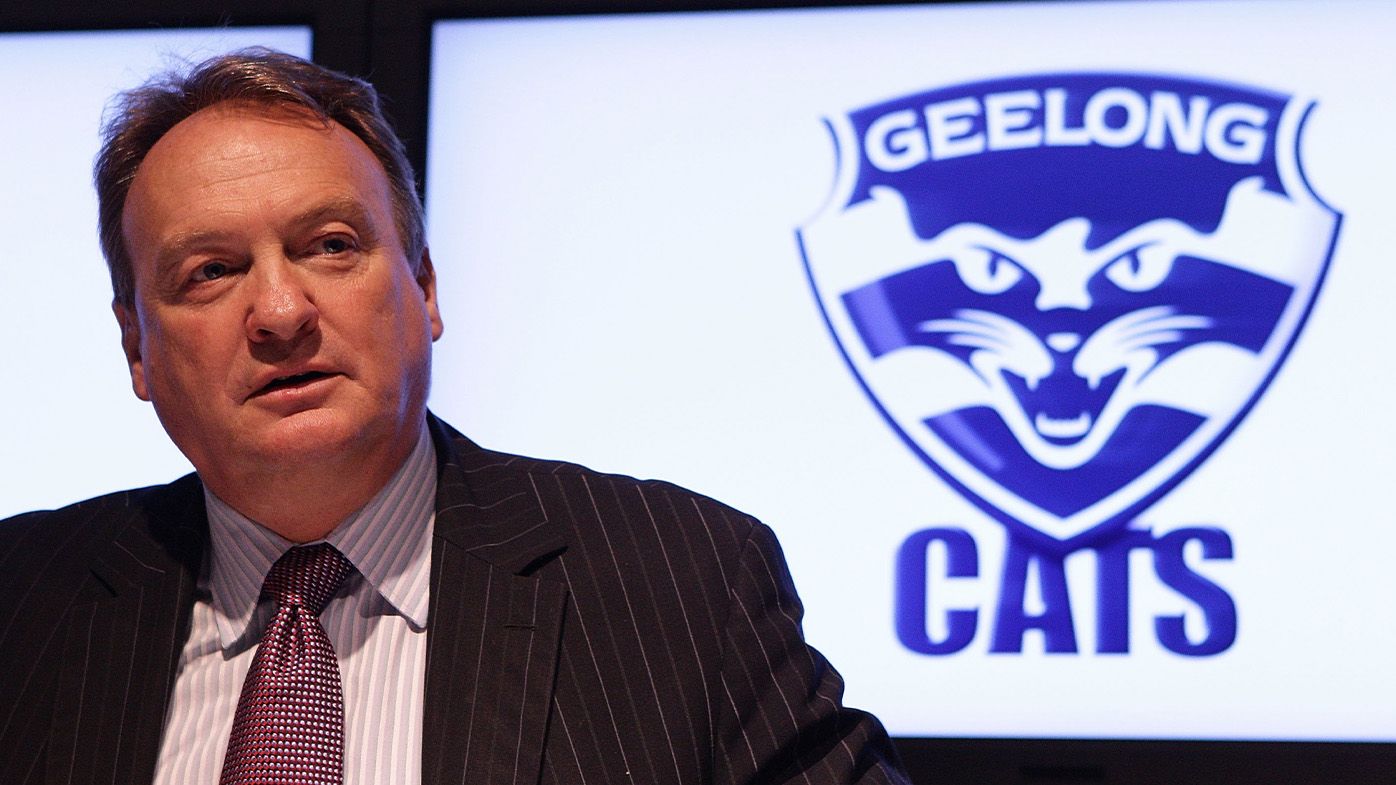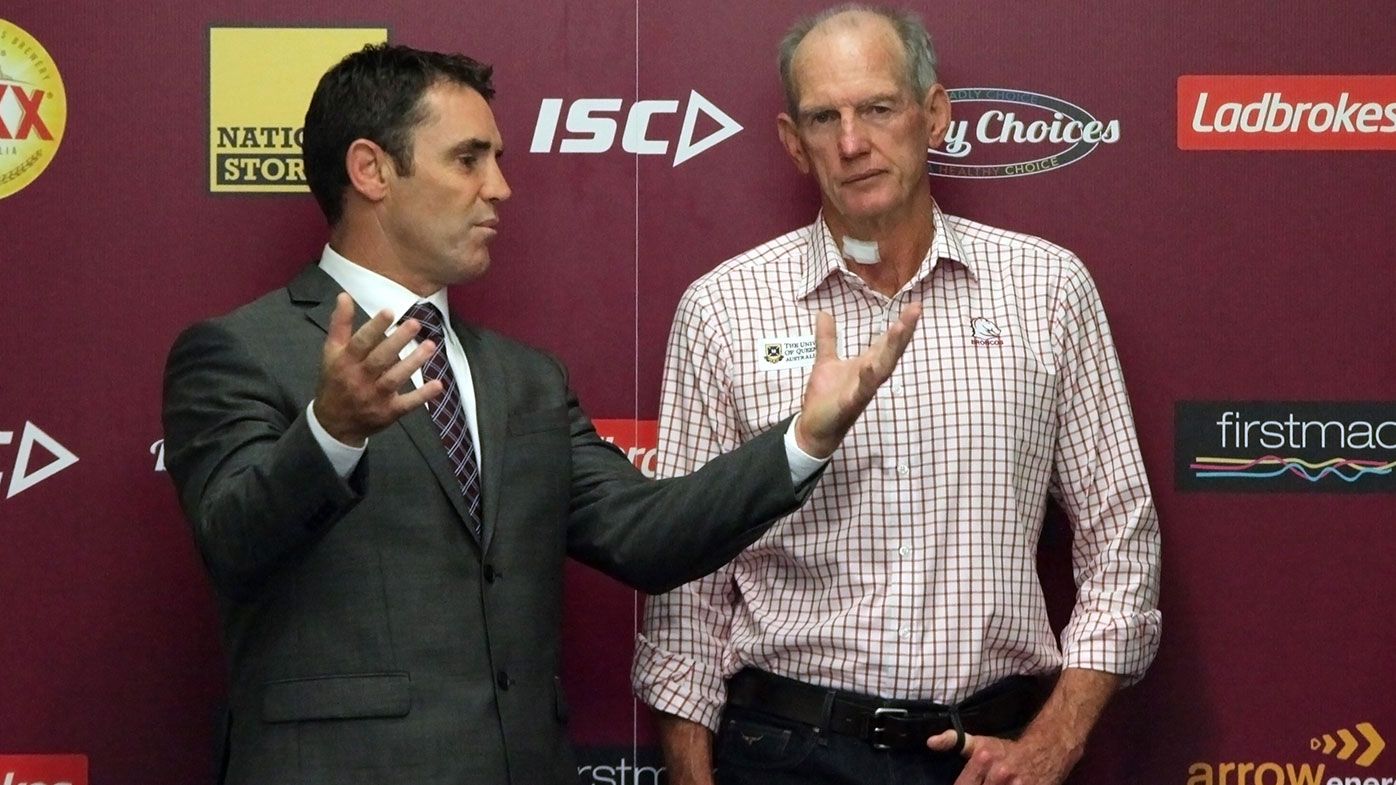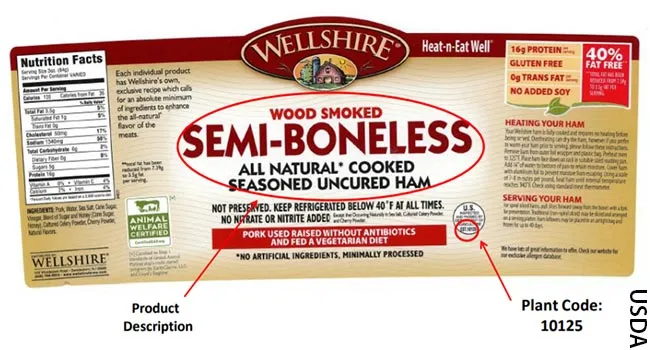Key Factors in Commissioning Custom-Built Scale Models in Dubai
Dubai is known for its iconic architectural projects. Developers, investors, and architects use custom-built scale models to showcase their designs with precision.

Dubai is known for its iconic architectural projects. Developers, investors, and architects use custom-built scale models to showcase their designs with precision.
These models play a crucial role in real estate marketing, urban planning, and investor presentations. However, commissioning a high-quality scale model requires careful planning. Several key factors must be considered to ensure accuracy, functionality, and impact.
1. Defining the Purpose of the Scale Model
Understanding the primary purpose of the model is essential before commissioning. Different projects require different levels of detail.
- Marketing models highlight aesthetics and appeal to buyers.
- Presentation models focus on technical accuracy for investors.
- Urban planning models show large-scale developments with infrastructure.
- Interior models showcase layouts and furniture placement.
Clearly defining the end-use helps in selecting the right materials, scale, and design approach.
2. Selecting the Right Scale and Size
The scale of the model depends on the complexity of the project and display requirements. Choosing the right scale ensures clarity and practicality.
- 1:100 or 1:200 for detailed building models with interior layouts.
- 1:500 or 1:1000 for master plan models showing entire developments.
- 1:50 for high-detail interiors and luxury villa showcases.
A well-planned scale ensures the perfect balance between detail and portability.
3. Choosing the Best Materials for Durability
Different materials impact durability, aesthetics, and cost. The choice depends on the level of detail and budget.
- Acrylic and resin provide high precision for intricate details.
- Wood is sturdy but may limit fine detailing.
- 3D-printed plastic allows for complex designs but can be fragile.
- Metal components add realism to modern structures.
Selecting the right material enhances realism and longevity.
4. Ensuring High-Level Detail and Realism
Luxury developments in Dubai require exceptional detailing. Every element, from facades to landscaping, must be precisely crafted.
- Façade details should match real materials and colors.
- Windows and doors must be proportional and realistic.
- Lighting and interiors should reflect the final design.
- Landscaping elements must capture the surroundings accurately.
Attention to detail makes the model visually compelling and engaging.
5. Integrating Lighting and Interactive Features
Adding lighting and digital elements enhances the model’s impact. These features make presentations more dynamic.
- LED lighting highlights interior spaces and external features.
- Touchscreen integration allows interactive exploration.
- Augmented reality (AR) adds a digital overlay to physical models.
- Moving parts, such as doors or rotating sections, create engagement.
Smart integrations enhance user experience and buyer confidence.
6. Considering Budget and Cost Factors
Commissioning a custom scale model involves varying costs depending on size, materials, and detailing. Budget planning is crucial.
- High-detail models cost more due to labor and materials.
- Larger models require additional resources and space.
- Custom lighting, moving parts, and AR increase expenses.
- Rush orders may add extra charges for expedited production.
Balancing cost with quality ensures the best return on investment.
7. Choosing an Experienced Model Maker in Dubai
Dubai has many skilled architectural model makers, but selecting the right one is key. An experienced provider ensures accuracy, durability, and creativity.
- Review past projects to assess quality.
- Check expertise in different model types (residential, commercial, urban).
- Verify material options and technology used.
- Ensure the ability to meet deadlines and customization needs.
A reputable model maker guarantees a flawless final product.
8. Planning for Transportation and Installation
Large-scale models need careful handling to avoid damage. Proper transportation and installation are critical.
- Modular design allows for easy assembly and disassembly.
- Custom-built crates protect fragile elements during transit.
- On-site installation services ensure proper placement.
- Temperature and humidity considerations prevent warping.
A well-planned logistics strategy ensures safe delivery and setup.
9. Factoring in Future Updates and Modifications
Architectural scale models Dubai need updates over time as designs evolve. Planning for modifications saves costs in the long run.
- Detachable parts make it easier to update features.
- Flexible materials allow for minor design adjustments.
- Digital integration enables real-time changes via AR or VR.
Considering future changes makes the model a long-term investment.
10. Aligning with Dubai’s Architectural Standards and Trends
Dubai’s real estate and architectural landscape are constantly evolving. Staying updated with current trends ensures relevance.
- Sustainable design features should be reflected in the model.
- Smart city elements need accurate representation.
- Luxury aesthetics must align with market expectations.
A model that follows Dubai’s latest innovations increases its impact.
Conclusion
Commissioning a custom-built architectural scale model in Dubai requires careful planning. Factors like purpose, scale, materials, detailing, lighting, budget, and transportation play a crucial role.
Choosing an experienced model maker and considering future modifications ensure the best results. A high-quality scale model helps real estate developers, investors, and urban planners showcase projects effectively, making it a valuable tool in Dubai’s architectural industry.
What's Your Reaction?


















